Themed collection Recent Review Articles

The biological fate of gadolinium-based MRI contrast agents: a call to action for bioinorganic chemists
Gadolinium retention in tissues: description of our state of knowledge, and physical methods to investigate the biological distribution and chemical speciation of retained gadolinium.
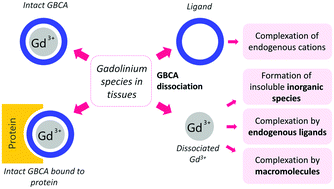
Metallomics, 2019,11, 240-254
https://doi.org/10.1039/C8MT00302E
Across the spectrum: integrating multidimensional metal analytics for in situ metallomic imaging
Taking a systems analytical approach to systems biology questions requires a network of multidimensional analytical tools to illuminate the many different functional and structural aspects of metals in biology.
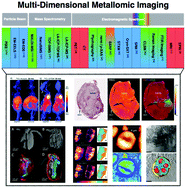
Metallomics, 2019,11, 29-49
https://doi.org/10.1039/C8MT00235E
Cadmium exposure during pregnancy and lactation: materno-fetal and newborn repercussions of Cd(II), and Cd–metallothionein complexes
The toxicity of cadmium during pregnancy and lactation causes low zinc levels, metallothionein changes and materno-fetal and newborn alterations.
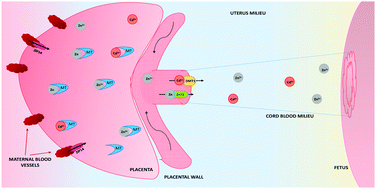
Metallomics, 2018,10, 1359-1367
https://doi.org/10.1039/C8MT00174J
Recent advances in arsenic metabolism in plants: current status, challenges and highlighted biotechnological intervention to reduce grain arsenic in rice
Arsenic (As), classified as a “metalloid” element, is well known for its carcinogenicity and other toxic effects to humans.
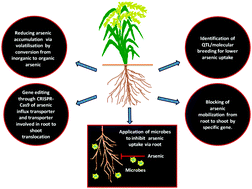
Metallomics, 2019,11, 519-532
https://doi.org/10.1039/C8MT00320C
Zinc finger domains as therapeutic targets for metal-based compounds – an update
The design of novel metal-based compounds and the elucidation of the mechanisms of zinc substitution have renewed the possibilities of selective zinc-finger inhibition.
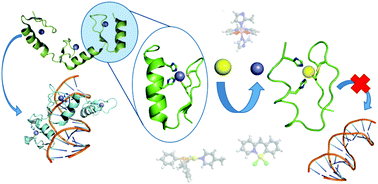
Metallomics, 2019,11, 15-28
https://doi.org/10.1039/C8MT00262B
Is copper a new target to counteract the progression of chronic diseases?
In this review, we highlight the importance of a Cu imbalance in the pathogenesis of several chronic inflammatory diseases.
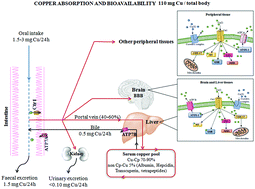
Metallomics, 2018,10, 1712-1722
https://doi.org/10.1039/C8MT00219C
The complex global response to copper in the multicellular bacterium Myxococcus xanthus
Mechanism of action of CorE, a metal-dependent ECF σ factor.
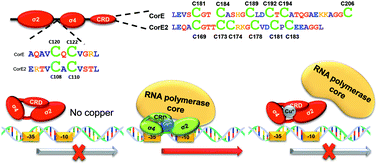
Metallomics, 2018,10, 876-886
https://doi.org/10.1039/C8MT00121A
Iron–sulfur cluster biosynthesis and trafficking – impact on human disease conditions
Iron–sulfur cluster biogenesis and trafficking enables the function of a number of cellular proteins. As such, mutations or perturbations in these pathways lead to disease states.
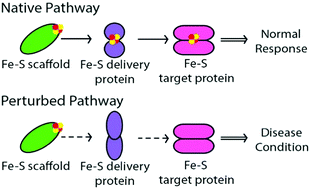
Metallomics, 2018,10, 9-29
https://doi.org/10.1039/C7MT00180K
Intracellular iron and heme trafficking and metabolism in developing erythroblasts
Vertebrate red blood cells (RBCs) arise from erythroblasts in the human bone marrow through a process known as erythropoiesis.
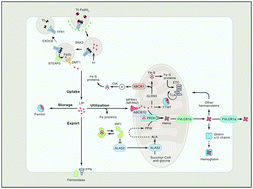
Metallomics, 2017,9, 1193-1203
https://doi.org/10.1039/C7MT00103G
Iron homeostasis in plants – a brief overview
Iron plays a crucial role in biochemistry and is an essential micronutrient for plants and humans alike. Recent progress in the field has led to a better understanding of iron homeostasis in plants, and aided the production of high iron crops for improved human nutrition.
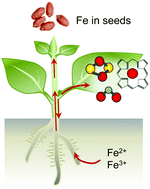
Metallomics, 2017,9, 813-823
https://doi.org/10.1039/C7MT00136C
Hepcidin: a real-time biomarker of iron need
There are numerous blood-based biomarkers for assessing iron stores, but all come with certain limitations.
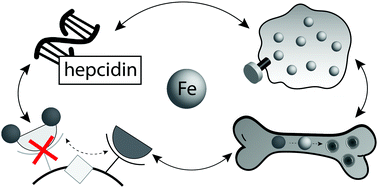
Metallomics, 2017,9, 606-618
https://doi.org/10.1039/C7MT00047B
Biology and toxicology of tellurium explored by speciation analysis
Recent advances in the speciation and identification of tellurium metabolites in animals and plants by LC-ICP-MS and LC-ESI-MS are reviewed.
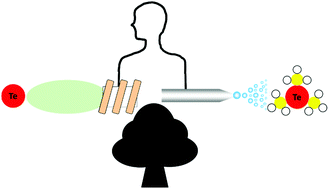
Metallomics, 2017,9, 435-441
https://doi.org/10.1039/C7MT00022G
A ubiquitous metal, difficult to track: towards an understanding of the regulation of titanium(IV) in humans
Molecular mechanisms in the body regulate the cytotoxic properties of titanium(IV) such that Ti(IV) could be bioavailable for cellular functions.
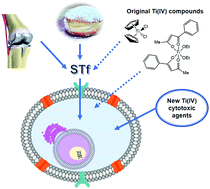
Metallomics, 2017,9, 346-356
https://doi.org/10.1039/C6MT00223D
Iron acquisition in fungal pathogens of humans
Fungal pathogens of humans acquire iron by high affinity reductive uptake, the use of siderophores, and by heme acquisition. These systems contribute to virulence to different extents in the pathogens.
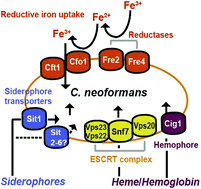
Metallomics, 2017,9, 215-227
https://doi.org/10.1039/C6MT00301J
Methanobactins: from genome to function
Recent advances in the biosynthesis, regulation, and transport of methanobactin, a ribosomally produced, post-translationally modified copper-binding natural product.
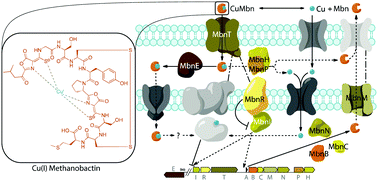
Metallomics, 2017,9, 7-20
https://doi.org/10.1039/C6MT00208K
Metal-dependent hormone function: the emerging interdisciplinary field of metalloendocrinology
Advances in understanding of hormones and metal micronutrients show critical interactions between the two in a newly-termed field of metalloendocrinology.
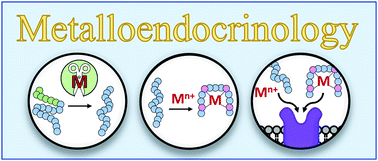
Metallomics, 2019,11, 85-110
https://doi.org/10.1039/C8MT00221E
Principles and methods used to grow and optimize crystals of protein–metallodrug adducts, to determine metal binding sites and to assign metal ligands
Examples from the literature and experience in our own laboratory on the characterization of the interactions between biological macromolecules and metal-based drugs are provided.
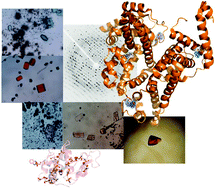
Metallomics, 2017,9, 1534-1547
https://doi.org/10.1039/C7MT00219J
Application of imaging mass spectrometry approaches to facilitate metal-based anticancer drug research
Mass spectrometry imaging is being increasingly used in metal-based anticancer drug development to study elemental and/or molecular drug distributions in different biological systems.
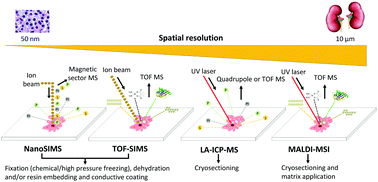
Metallomics, 2017,9, 365-381
https://doi.org/10.1039/C6MT00231E
Why is it worth testing the ability of zinc to protect against ischaemia reperfusion injury for human application
Ischaemia (interruption in the blood/oxygen supply) and subsequent damage induced by reperfusion (restoration of blood/oxygen supply) ultimately leads to cell death, tissue injury and permanent organ dysfunction.
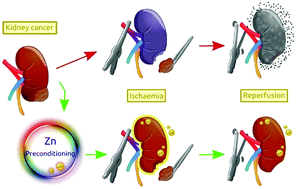
Metallomics, 2019,11, 1330-1343
https://doi.org/10.1039/C9MT00079H
Unexpected therapeutic effects of cisplatin
Mechanisms of cisplatin antineoplastic action are beyond DNA binding. Alternative effects of cisplatin that can support a good therapeutic response are discussed in this review.
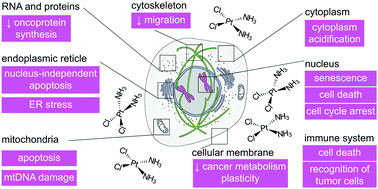
Metallomics, 2019,11, 1182-1199
https://doi.org/10.1039/C9MT00049F
Comparative genomics and metagenomics of the metallomes
Recent achievements and advances in comparative genomic and metagenomic analyses of trace metals were reviewed and discussed.
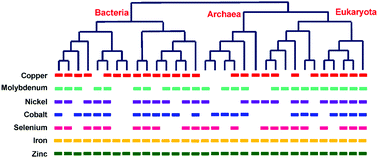
Metallomics, 2019,11, 1026-1043
https://doi.org/10.1039/C9MT00023B
Iron transitions during activation of allosteric heme proteins in cell signaling
Allosteric heme proteins can fulfill a very large number of different functions, thanks to the remarkable chemical versatility of the heme through the entire living kingdom. The involved heme properties include: changes of iron coordination and redox state, heme macrocycle electrostatic interactions and heme distortion.

Metallomics, 2019,11, 868-893
https://doi.org/10.1039/C8MT00337H
Key aspects of the iodine metabolism in brown algae: a brief critical review
Giant kelp (Macrocystis pyrifera, pictured here: in Port William, East Falkland, Feb. 2013) has a prolific halogen metabolism.

Metallomics, 2019,11, 756-764
https://doi.org/10.1039/C8MT00327K
Transition metal transporters in rhizobia: tuning the inorganic micronutrient requirements to different living styles
Transition metal transporters in rhizobia integrate the requirements of these micronutrients to the specific living styles.
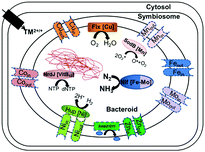
Metallomics, 2019,11, 735-755
https://doi.org/10.1039/C8MT00372F
Cadmium in plants: uptake, toxicity, and its interactions with selenium fertilizers
Cd is the third major contaminant of greatest hazard to the environment after mercury and lead and is considered as the only metal that poses health risks to both humans and animals at plant tissue concentrations that are generally not phytotoxic.
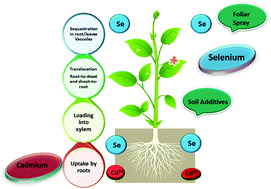
Metallomics, 2019,11, 255-277
https://doi.org/10.1039/C8MT00247A
Handling of nutrient copper in the bacterial envelope
The insertion of copper into bacterial cuproenzymes in vivo does not always require a copper-binding metallochaperone – why?
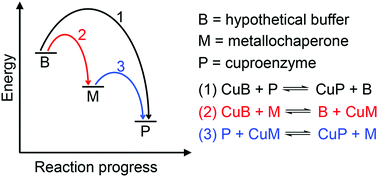
Metallomics, 2019,11, 50-63
https://doi.org/10.1039/C8MT00218E
Cu and Zn interactions with Aβ peptides: consequence of coordination on aggregation and formation of neurotoxic soluble Aβ oligomers
The coordination chemistry of transition metal ions (Fe, Cu, Zn) with the amyloid-β (Aβ) peptides has attracted a lot of attention in recent years due to its repercussions in Alzheimer's disease (AD).
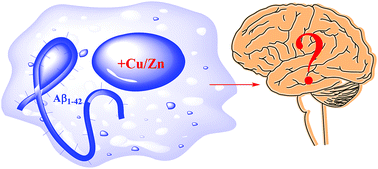
Metallomics, 2019,11, 64-84
https://doi.org/10.1039/C8MT00203G
Metallothionein diversity and distribution in the tree of life: a multifunctional protein
Metallothioneins are diverse, but not represented yet in all phyla. Moreover, they play a central role as a [MT:T:TO] protein system.
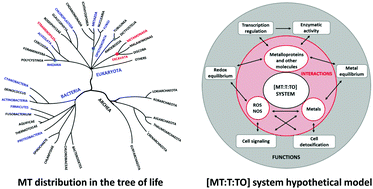
Metallomics, 2018,10, 1549-1559
https://doi.org/10.1039/C8MT00165K
Thiolation in arsenic metabolism: a chemical perspective
A new arsenic metabolic scheme integrating simultaneous methylation and thiolation is proposed.
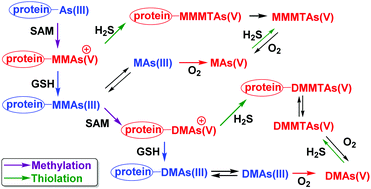
Metallomics, 2018,10, 1368-1382
https://doi.org/10.1039/C8MT00231B
Influence of zinc on glycosaminoglycan neutralisation during coagulation
Zinc released during coagulation increases anticoagulant glycosaminoglycan-neutralisation by histidine-rich glycoprotein, high-molecular weight kininogen, and fibrinogen.
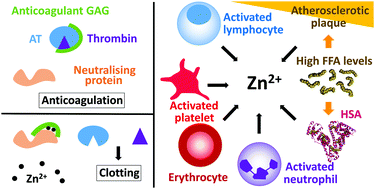
Metallomics, 2018,10, 1180-1190
https://doi.org/10.1039/C8MT00159F
Iron–sulphur cluster biogenesis via the SUF pathway
Iron–sulphur (Fe–S) clusters are versatile cofactors, which are essential for key metabolic processes in cells, such as respiration and photosynthesis, and which may have also played a crucial role in establishing life on Earth. This review focuses on the most ancient Fe–S cluster assembly system, the sulphur utilization factor (SUF) mechanism.
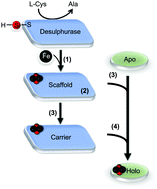
Metallomics, 2018,10, 1038-1052
https://doi.org/10.1039/C8MT00150B
Toward a mechanistic understanding of Feo-mediated ferrous iron uptake
The ferrous iron transport (Feo) system is the predominant mode of bacterial Fe2+ import. Advancements in the structure and function of FeoB provide glimpses into the mechanism of Fe2+ uptake.
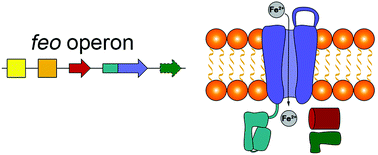
Metallomics, 2018,10, 887-898
https://doi.org/10.1039/C8MT00097B
The significance, trafficking and determination of labile iron in cytosol, mitochondria and lysosomes
Progress in the research of the significance and trafficking of cellular labile iron in different subcellular compartments and the determination of cellular LIP by fluorescent methods have been reviewed.
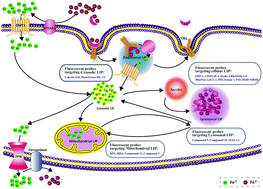
Metallomics, 2018,10, 899-916
https://doi.org/10.1039/C8MT00048D
From sea squirts to squirrelfish: facultative trace element hyperaccumulation in animals
Facultative trace element hyperaccumulation in animals is reviewed, examining mechanisms of uptake and accumulation, and biological roles.
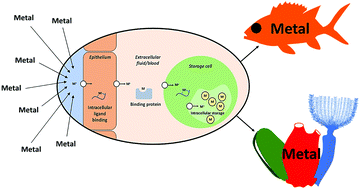
Metallomics, 2018,10, 777-793
https://doi.org/10.1039/C8MT00078F
Aquaporins in cancer development: opportunities for bioinorganic chemistry to contribute novel chemical probes and therapeutic agents
Metal ions and complexes can interfere with the transcellular water flow but also with the cellular transport of glycerol and hydrogen peroxide, via inhibition of the ubiquitous aquaporin channels.
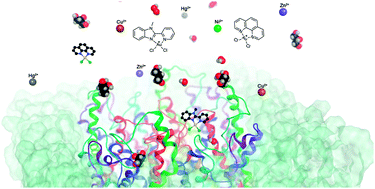
Metallomics, 2018,10, 696-712
https://doi.org/10.1039/C8MT00072G
Human Mn-superoxide dismutase inactivation by peroxynitrite: a paradigm of metal-catalyzed tyrosine nitration in vitro and in vivo
Nitration of human MnSOD at active site Tyr34 represents a biologically-relevant oxidative post-translational modification that causes enzyme inactivation.
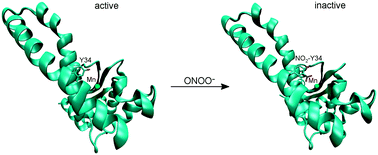
Metallomics, 2018,10, 679-695
https://doi.org/10.1039/C7MT00348J
Interaction of Na+, K+, Mg2+ and Ca2+ counter cations with RNA
Data on the location of alkaline and alkaline earth ions at RNA from crystallography, spectroscopy and computational modeling are reviewed.
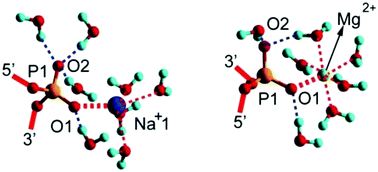
Metallomics, 2018,10, 659-678
https://doi.org/10.1039/C8MT00043C
Exploring the alternatives of biological nitrogen fixation
Most biological nitrogen fixation (BNF) results from the activity of the molybdenum nitrogenase (Mo-nitrogenase, Nif), an oxygen-sensitive metalloenzyme complex found in all known diazotrophs.

Metallomics, 2018,10, 523-538
https://doi.org/10.1039/C8MT00038G
A unifying view of the broad-spectrum antiviral activity of RSAD2 (viperin) based on its radical-SAM chemistry
A unifying model for the broad-spectrum antiviral activity of a metalloenzyme of the inborn immune system named RSAD2 (viperin) is proposed based on the radical-SAM catalytic activity of the enzyme.
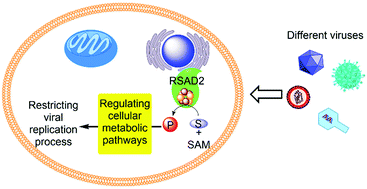
Metallomics, 2018,10, 539-552
https://doi.org/10.1039/C7MT00341B
A glimpse into the regulation of the Wilson disease protein, ATP7B, sheds light on the complexity of mammalian apical trafficking pathways
Wilson disease (WD), a Mendelian disorder of copper metabolism caused by mutations in the ATP7B gene, manifests a large spectrum of phenotypic variability.
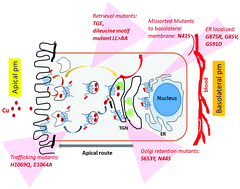
Metallomics, 2018,10, 378-387
https://doi.org/10.1039/C7MT00314E
Sensors for measuring subcellular zinc pools
Zinc homeostasis is essential for normal cellular function, and defects in this process are associated with a number of diseases including type 2 diabetes (T2D), neurological disorders and cardiovascular disease.
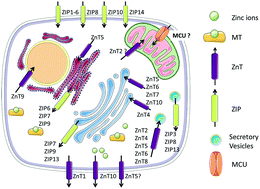
Metallomics, 2018,10, 229-239
https://doi.org/10.1039/C7MT00336F
Modulation of thiol-dependent redox system by metal ions via thioredoxin and glutaredoxin systems
Metal and metalloid ions regulate thioredoxin and glutaredoxin system-mediated biological functions by targeting mammalian thioredoxin reductase and mitochondrial glutaredoxin 2&5.
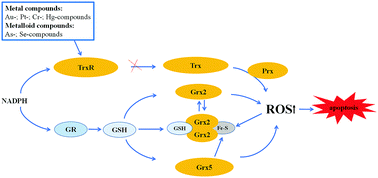
Metallomics, 2018,10, 218-228
https://doi.org/10.1039/C7MT00327G
Protein networks in the maturation of human iron–sulfur proteins
The maturation of human Fe–S proteins is a complex process involving protein–protein interaction networks distributed across different cellular compartments.
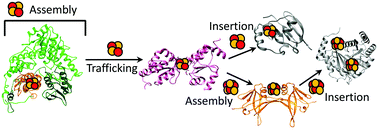
Metallomics, 2018,10, 49-72
https://doi.org/10.1039/C7MT00269F
Multi-metal-dependent nucleic acid enzymes
Nucleic acid enzymes require metal ions for activity, and many recently discovered enzymes can use multiple metals, either binding to the scissile phosphate or also playing an allosteric role.

Metallomics, 2018,10, 30-48
https://doi.org/10.1039/C7MT00268H
Organoselenium compounds as mimics of selenoproteins and thiol modifier agents
Here, we critically review the literature on the capacity of organoselenium compounds to mimic selenoproteins (particularly GPx) and discuss some of the bottlenecks in the field.
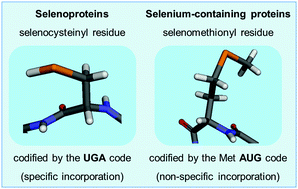
Metallomics, 2017,9, 1703-1734
https://doi.org/10.1039/C7MT00083A
Linking iron-deficiency with allergy: role of molecular allergens and the microbiome
Atopic individuals are often iron-deficient and tend to develop a Th2 dominant immune response, resulting in hyperresponsiveness to harmless antigens, termed allergens.
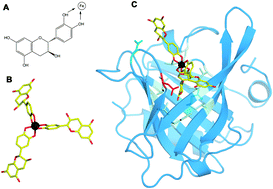
Metallomics, 2017,9, 1676-1692
https://doi.org/10.1039/C7MT00241F
Zinc’ing it out: zinc homeostasis mechanisms and their impact on the pathogenesis of human pathogen group A streptococcus
The ability of Streptococcus pyogenes to resist host-mediated zinc starvation or poisoning is critical for bacterial pathogenesis.
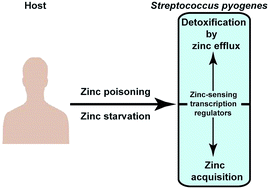
Metallomics, 2017,9, 1693-1702
https://doi.org/10.1039/C7MT00240H
The mitochondrion: a central architect of copper homeostasis
All known eukaryotes require copper for their development and survival.
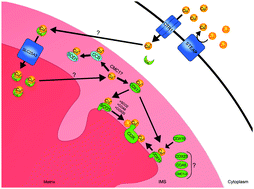
Metallomics, 2017,9, 1501-1512
https://doi.org/10.1039/C7MT00221A
Computational approaches for deciphering the equilibrium and kinetic properties of iron transport proteins
Conformational changes in transferrin proteins predicted by molecular simulations.
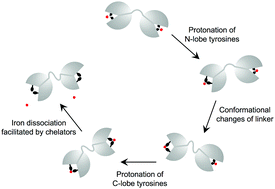
Metallomics, 2017,9, 1513-1533
https://doi.org/10.1039/C7MT00216E
The elemental role of iron in DNA synthesis and repair
Iron is an essential redox element that functions as a cofactor in many metabolic pathways.
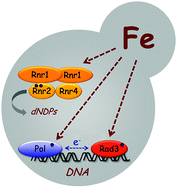
Metallomics, 2017,9, 1483-1500
https://doi.org/10.1039/C7MT00116A
Recent structural insights into the function of copper nitrite reductases
Copper nitrite reductases (CuNiRs) catalyse the reduction of nitrite to nitric oxide as part of the denitrification pathway. In this review, we describe insights into CuNiR function from structural studies.
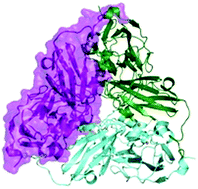
Metallomics, 2017,9, 1470-1482
https://doi.org/10.1039/C7MT00146K
From direct to indirect lithium targets: a comprehensive review of omics data
Metal ions are critical to a wide range of biological processes.
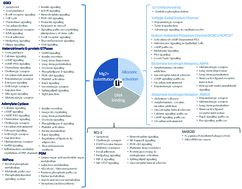
Metallomics, 2017,9, 1326-1351
https://doi.org/10.1039/C7MT00203C
The transferrin receptor: the cellular iron gate
The transferrin receptor (TfR1), which mediates cellular iron uptake through clathrin-dependent endocytosis of iron-loaded transferrin, plays a key role in iron homeostasis.
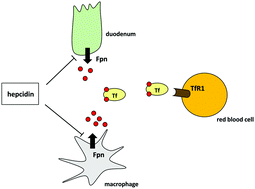
Metallomics, 2017,9, 1367-1375
https://doi.org/10.1039/C7MT00143F
The role of the zinc transporter SLC30A2/ZnT2 in transient neonatal zinc deficiency
Transient neonatal zinc deficiency (TNZD) results from loss of function mutations in the SLC30A2/ZnT2 gene. Nursing mothers harboring this defective zinc transporter produce zinc-deficient milk. Consequently, their exclusively breastfed infants develop severe zinc deficiency. The present review summarizes our current knowledge on SLC30A2/ZnT2 gene mutations and highlights the molecular mechanisms underlying this zinc deficiency. We further propose novel approaches for the early diagnosis and prevention of TNZD.
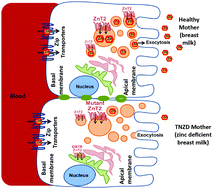
Metallomics, 2017,9, 1352-1366
https://doi.org/10.1039/C7MT00162B
Cellular copper homeostasis: current concepts on its interplay with glutathione homeostasis and its implication in physiology and human diseases
Copper is a trace element essential for almost all living organisms, however the level of intracellular copper needs to be tightly regulated. This review explores the existing literature on the role of glutathione in regulating cellular copper homeostasis.
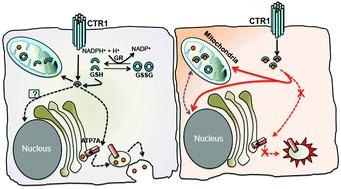
Metallomics, 2017,9, 1376-1388
https://doi.org/10.1039/C7MT00066A
Orchestration of dynamic copper navigation – new and missing pieces
A general principle in all cells in the body is that an essential metal – here copper – is taken up at the plasma membrane, directed through cellular compartments for use in specific enzymes and pathways, stored in specific scavenging molecules if in surplus, and finally expelled from the cells.
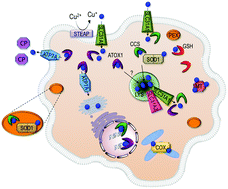
Metallomics, 2017,9, 1204-1229
https://doi.org/10.1039/C7MT00010C
Selenoproteins are involved in antioxidant defense systems in thalassemia
Thalassemia major (TM) is a hereditary blood disease that affects the production of hemoglobin, resulting in severe anemia.
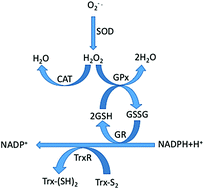
Metallomics, 2017,9, 1241-1250
https://doi.org/10.1039/C7MT00158D
Heme-containing enzymes and inhibitors for tryptophan metabolism
Iron-containing enzymes such as heme enzymes play crucial roles in biological systems.
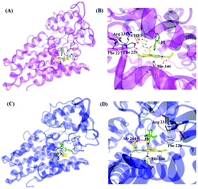
Metallomics, 2017,9, 1230-1240
https://doi.org/10.1039/C7MT00105C
Analytical approaches for the characterization of nickel proteome
Analytical strategies to study the nickel proteome and their advantages and limitations.
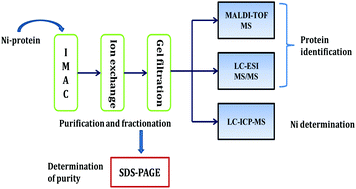
Metallomics, 2017,9, 1014-1027
https://doi.org/10.1039/C7MT00054E
Oxygen-dependent activation of Cu,Zn-superoxide dismutase-1
Copper zinc superoxide dismutase (Sod1) is a critical enzyme in limiting reactive oxygen species in both the cytosol and the mitochondrial intermembrane space.
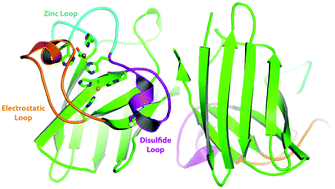
Metallomics, 2017,9, 1047-1059
https://doi.org/10.1039/C6MT00298F
Influence of iron metabolism on manganese transport and toxicity
The structural and chemical similarities between manganese (Mn) and iron (Fe) allow the two metals to interact with each other in biological systems.
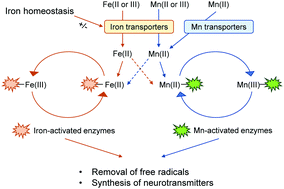
Metallomics, 2017,9, 1028-1046
https://doi.org/10.1039/C7MT00079K
Biosynthetic considerations of triscatechol siderophores framed on serine and threonine macrolactone scaffolds
The biosyntheses of a family of enterobactin variants – amino acid substitution, insertion, and derivatization, and macrolactone expansion – is reviewed.
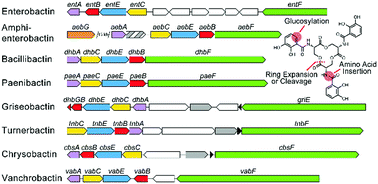
Metallomics, 2017,9, 824-839
https://doi.org/10.1039/C7MT00111H
Ferrous iron efflux systems in bacteria
Iron efflux transporters play a critical role in protecting cells from iron intoxication.
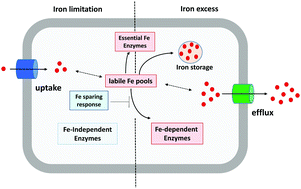
Metallomics, 2017,9, 840-851
https://doi.org/10.1039/C7MT00112F
Cross talk between neurometals and amyloidogenic proteins at the synapse and the pathogenesis of neurodegenerative diseases
Increasing evidence suggests that disruption of metal homeostasis contributes to the pathogenesis of various neurodegenerative diseases, including Alzheimer's disease, prion diseases, Lewy body diseases, and vascular dementia.
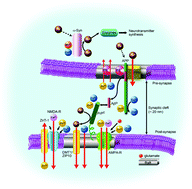
Metallomics, 2017,9, 619-633
https://doi.org/10.1039/C7MT00046D
Mechanistic insight into the heme-independent interplay between iron and carbon monoxide in CFTR and Slo1 BKCa channels
Two pairs of Fe(II) (orange) tightly bound to two putative Fe(II) bowls (forest green) may bridge neighboring protein residues (red) in each gating ring of Slo1 BKCa for channel closure. The binding of Ca(II) (green) to the gating ring or the binding of carbon monoxide to either binuclear Fe(II) bowl may disrupt the Fe(II) bridge for channel opening but retain Fe(II) in the bowl.
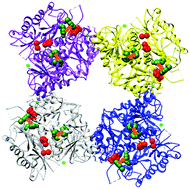
Metallomics, 2017,9, 634-645
https://doi.org/10.1039/C7MT00065K
Imaging metals in Caenorhabditis elegans
Possible analytical imaging approaches and their advantages and disadvantages for the study of metal (M) distribution in C. elegans.
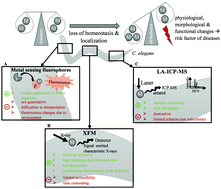
Metallomics, 2017,9, 357-364
https://doi.org/10.1039/C6MT00265J
Iron and inflammation – the gut reaction
Intestinal inflammation dysregulates iron metabolism and impairs erythropoiesis, leading to the development of anemia.
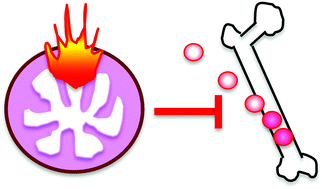
Metallomics, 2017,9, 101-111
https://doi.org/10.1039/C6MT00282J
Selenium in the prevention of atherosclerosis and its underlying mechanisms
Selenium and selenoproteins may prevent atherosclerosis by blocking many key events in the development of atherosclerosis.
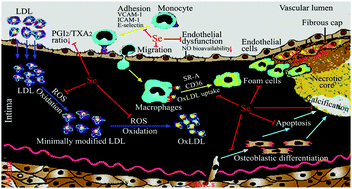
Metallomics, 2017,9, 21-37
https://doi.org/10.1039/C6MT00195E
About this collection
Metallomics published authoritative and insightful review articles covering all aspects of the journal scope. In this collection, we have brought together our recently published reviews. We hope you enjoy reading them.